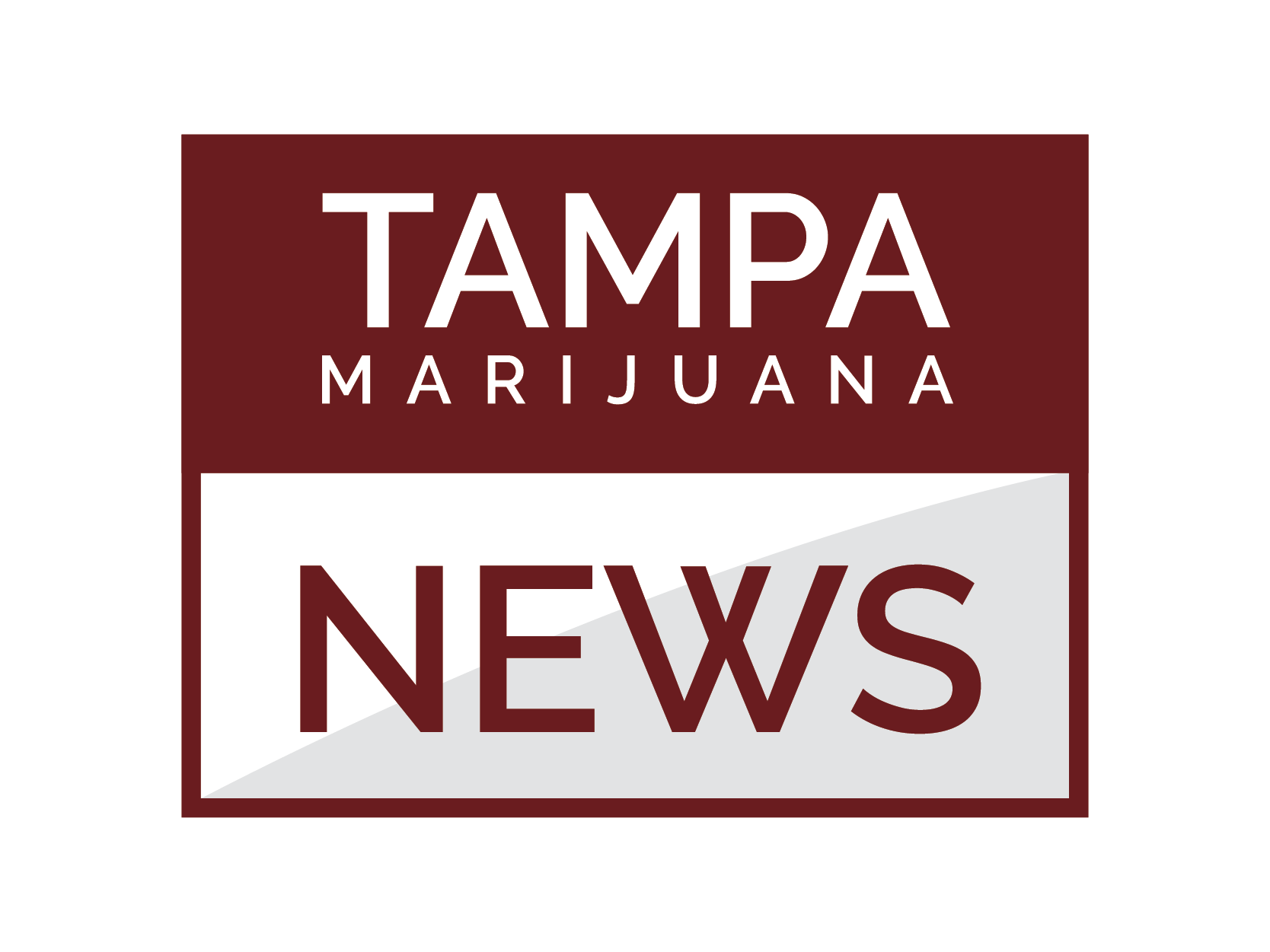Florida’s medical marijuana program stands as one of the most advanced in the Southern United States, balancing strict regulation with steady expansion. Since voters approved Amendment 2 in 2016, which legalized medical cannabis for patients with qualifying conditions, Florida has built an infrastructure that many neighboring states still struggle to match. However, despite its relative maturity, Florida’s system remains more conservative than some of the nation’s leading medical cannabis programs.
Florida’s Program: A Controlled Growth Model
Florida operates under a tightly regulated, vertically integrated system. This means a single licensed entity must handle cultivation, processing, and retail sales—a structure that limits competition but ensures oversight. Currently, fewer than two dozen medical marijuana treatment centers (MMTCs) hold licenses statewide, though each can open multiple dispensary locations. This framework has produced recognizable names such as Trulieve, Curaleaf, and Surterra Wellness, all of which dominate the state’s cannabis market.
The Florida Department of Health oversees the Office of Medical Marijuana Use (OMMU), which enforces product testing, labeling, and patient certification requirements. Over 800,000 Floridians are now registered medical cannabis patients, according to recent state data. Patients must be diagnosed with one of several qualifying conditions—including cancer, epilepsy, PTSD, chronic pain, and multiple sclerosis—and receive certification from a qualified physician before obtaining a medical card.
While effective, critics argue that the system’s vertical integration model inflates prices and stifles small business participation. Patient advocates continue to push for reforms to allow independent cultivation, wholesale distribution, and home growing.
The Southern Landscape: A Patchwork of Restrictive Programs
Compared to Florida, most Southern states have been slower to embrace medical cannabis. Georgia, Alabama, Mississippi, and Texas all have programs in place, but their accessibility and product scope vary dramatically.
Georgia allows low-THC oil for registered patients but prohibits flower sales and smoking. Licenses for cultivation and dispensing are limited, and products cannot exceed 5% THC—a fraction of Florida’s range of options.
Alabama’s medical cannabis program, approved in 2021, has faced bureaucratic delays and lawsuits over licensing. As of late 2025, products remain largely unavailable in dispensaries, leaving patients without consistent access.
Mississippi represents one of the more progressive models among its Southern peers. Its program, launched in 2022 after a lengthy legal battle, permits both flower and concentrate sales, with dispensaries expanding across the state. However, patient enrollment and supply remain modest compared to Florida’s robust market.
Texas still restricts THC content to 1% or less, keeping its “Compassionate Use” program among the most limited nationwide.
Florida’s Competitive Advantage
Florida’s early start and established regulatory system have positioned it as a regional leader. The state’s dispensaries are widespread, its physician network is growing, and its patient education initiatives are relatively strong. This accessibility, combined with consumer demand and tourism potential, gives Florida an edge in shaping the South’s cannabis landscape.
Still, the conversation continues to evolve. With talks of full legalization appearing on the 2026 ballot, Florida could soon transition from a restrictive medical-only model to a more open marketplace—a move that would set a new precedent for its Southern neighbors still finding their footing in the medical cannabis space.
Learn more: Where Medical Cannabis Is Legal: Navigating State Laws
